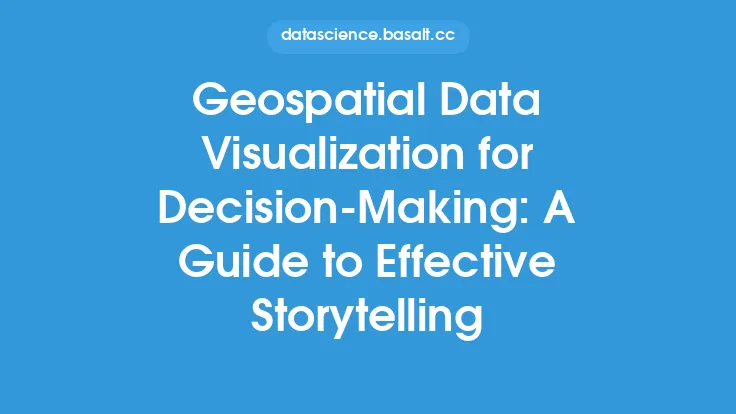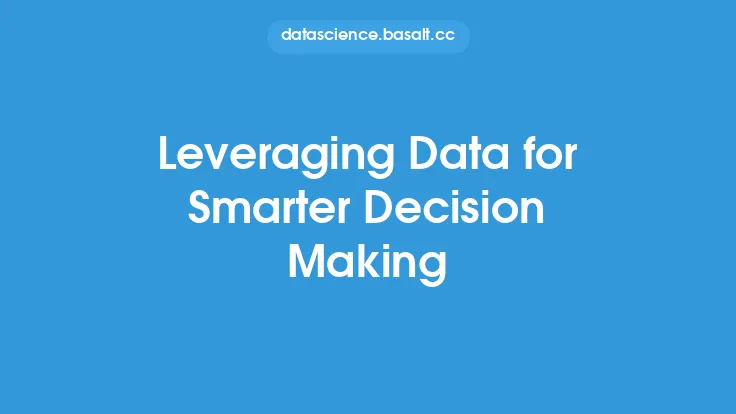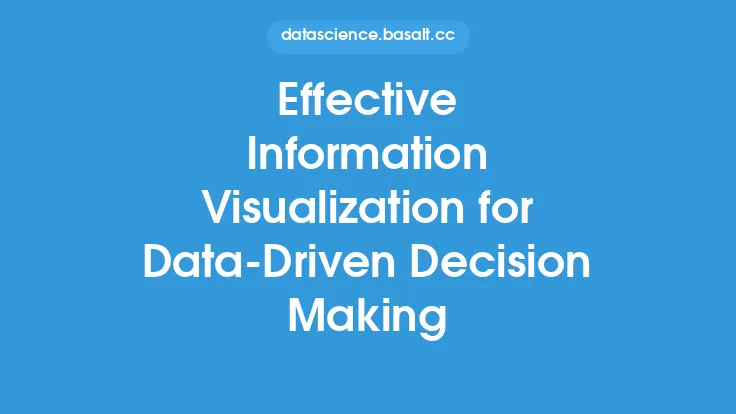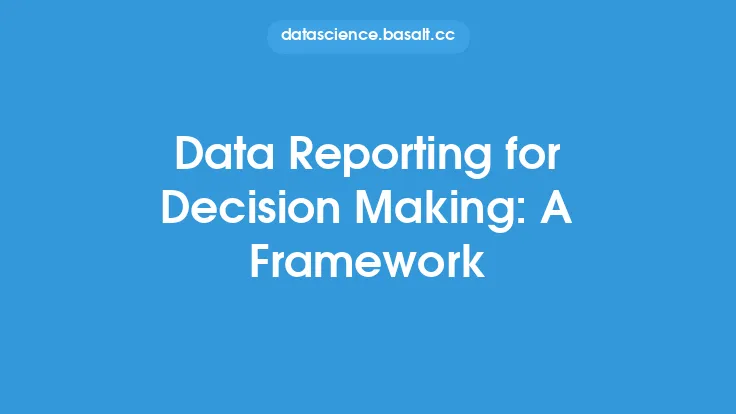Data standardization is a crucial step in the data science process, enabling organizations to make better decisions by ensuring that their data is accurate, consistent, and reliable. From a data science perspective, standardizing data involves transforming raw data into a standardized format that can be easily analyzed and interpreted. This process is essential for extracting insights and knowledge from data, as it allows data scientists to focus on higher-level tasks such as modeling, analysis, and visualization.
Introduction to Data Standardization
Data standardization is the process of transforming data into a common format, making it easier to compare, analyze, and share. This process involves several steps, including data cleaning, data transformation, and data normalization. Data cleaning involves identifying and correcting errors, inconsistencies, and inaccuracies in the data. Data transformation involves converting data from one format to another, such as converting categorical variables into numerical variables. Data normalization involves scaling numeric data to a common range, usually between 0 and 1, to prevent differences in scales from affecting the analysis.
Data Standardization Techniques
There are several data standardization techniques that data scientists can use, depending on the type of data and the analysis goals. One common technique is min-max scaling, which involves scaling numeric data to a common range, usually between 0 and 1. Another technique is standardization, which involves subtracting the mean and dividing by the standard deviation for each variable. This technique is useful for preventing differences in scales from affecting the analysis. Data scientists can also use techniques such as log transformation, which involves transforming skewed data into a more normal distribution.
Data Quality and Data Standardization
Data quality is a critical aspect of data standardization, as poor data quality can lead to inaccurate and unreliable results. Data scientists must ensure that the data is accurate, complete, and consistent before standardizing it. This involves checking for errors, inconsistencies, and inaccuracies, and correcting them before proceeding with the standardization process. Data quality can be measured using metrics such as data completeness, data accuracy, and data consistency. Data completeness refers to the extent to which the data is complete and free from missing values. Data accuracy refers to the extent to which the data is accurate and free from errors. Data consistency refers to the extent to which the data is consistent and free from inconsistencies.
Data Standardization Tools and Technologies
There are several data standardization tools and technologies that data scientists can use, depending on the type of data and the analysis goals. One popular tool is Python's Pandas library, which provides a range of data manipulation and analysis functions. Another popular tool is R's dplyr library, which provides a range of data manipulation and analysis functions. Data scientists can also use tools such as Excel, SQL, and data visualization tools like Tableau and Power BI. These tools provide a range of data standardization functions, including data cleaning, data transformation, and data normalization.
Data Standardization and Data Integration
Data standardization is also critical for data integration, which involves combining data from multiple sources into a single, unified view. Data integration is essential for organizations that have multiple data sources, such as customer relationship management (CRM) systems, enterprise resource planning (ERP) systems, and social media platforms. Data standardization enables organizations to combine data from these sources into a single, unified view, providing a more complete and accurate picture of the business. Data integration can be achieved using techniques such as data warehousing, which involves creating a centralized repository of data from multiple sources.
Data Standardization and Machine Learning
Data standardization is also critical for machine learning, which involves training algorithms on data to make predictions or classify outcomes. Machine learning algorithms require high-quality, standardized data to produce accurate and reliable results. Data standardization enables machine learning algorithms to focus on the underlying patterns and relationships in the data, rather than being affected by differences in scales or formats. Data scientists can use techniques such as feature scaling, which involves scaling numeric data to a common range, to prevent differences in scales from affecting the analysis.
Best Practices for Data Standardization
There are several best practices that data scientists can follow to ensure effective data standardization. One best practice is to document the data standardization process, including the techniques used and the decisions made. This enables other data scientists to understand the process and reproduce the results. Another best practice is to use automated tools and technologies, such as data pipelines and workflows, to streamline the data standardization process. Data scientists should also use data quality metrics, such as data completeness and data accuracy, to measure the quality of the data and identify areas for improvement.
Conclusion
In conclusion, data standardization is a critical step in the data science process, enabling organizations to make better decisions by ensuring that their data is accurate, consistent, and reliable. Data scientists can use a range of techniques, including min-max scaling, standardization, and log transformation, to standardize data. Data quality is a critical aspect of data standardization, and data scientists must ensure that the data is accurate, complete, and consistent before standardizing it. By following best practices, such as documenting the data standardization process and using automated tools and technologies, data scientists can ensure effective data standardization and unlock the full potential of their data.





